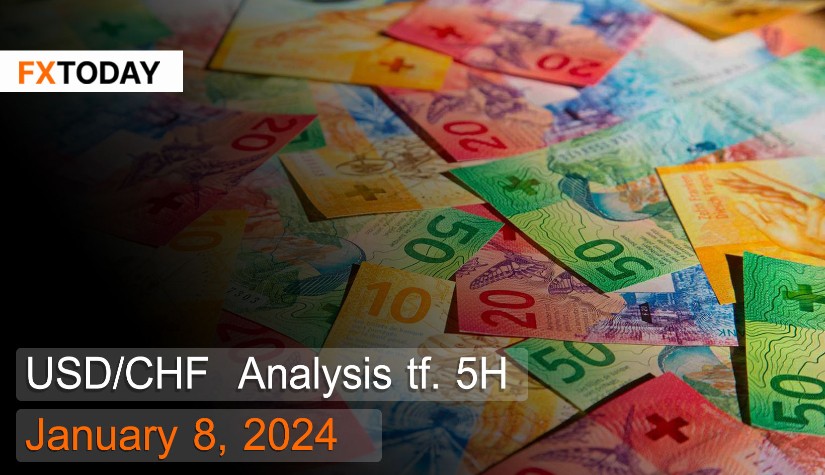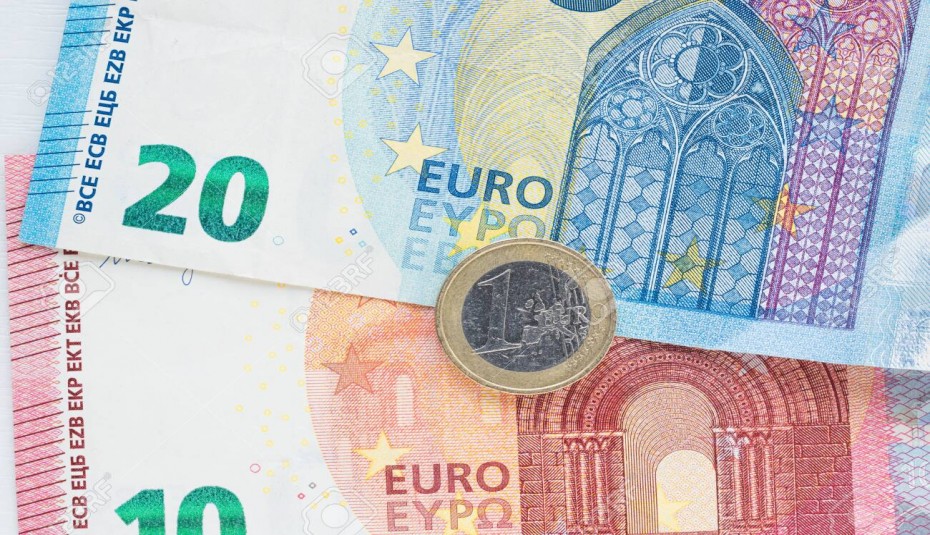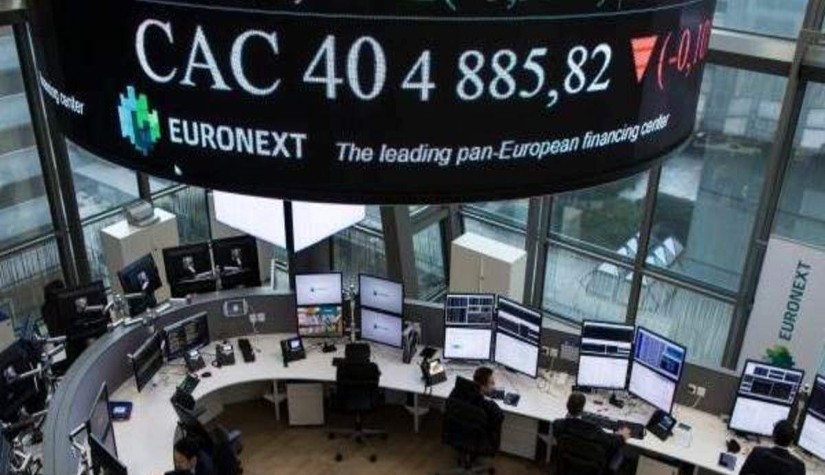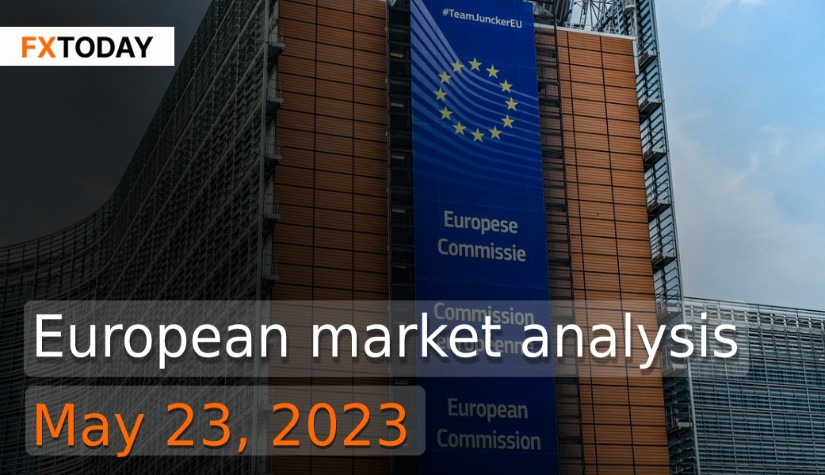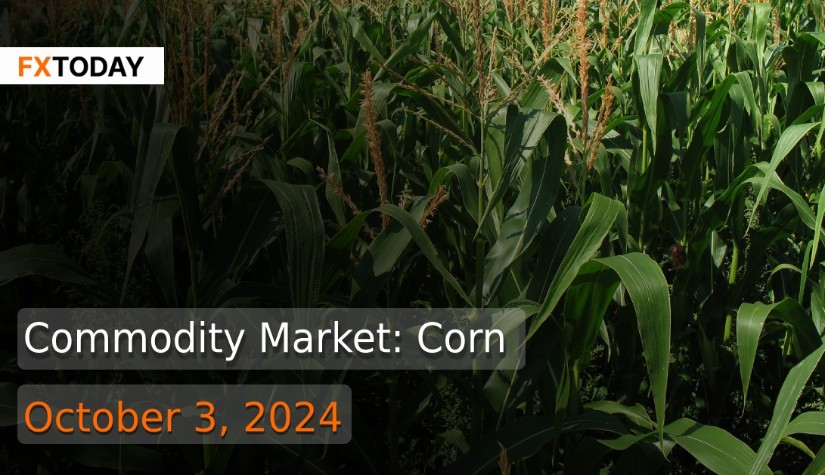Inflation rate in Switzerland has increased again.
The Swiss franc has been consistently strengthening since last year, before weakening reaching 0.85 Swiss francs per US dollar. This was due to the pressure from the recovery of the DXY, causing the US dollar to strengthen by 8.5% compared to the previous year. Amid differing interest rate trends between the Swiss National Bank and the US Federal Reserve, the recent announcement of increased inflation expectations suggests that the SNB may maintain interest rates for some time. Furthermore, the inflation rate is expected to move towards the 2% target within the second and third quarters of this year.
Investors still anticipate the SNB to eventually reduce interest rates, paralleling the monetary tightening moves similar to the Fed. However, this rate cut may not happen significantly due to the Swiss inflation rate falling more than the 2% target.
Switzerland's inflation rate rose by 1.7% annually in December, exceeding the market's forecast of 1.5%. This increase was primarily driven by higher prices for alcoholic beverages and a more than 3% rise in energy prices. Additionally, increased rental costs and higher value-added taxes also contributed to the upward pressure on inflation. Food inflation remained at 3.3%, indicating a consistent increase despite a slight slowdown.
Retail sales in Switzerland increased by 0.7% annually in November, rebounding from a 0.3% decline in October. This growth was supported by a rapid increase in sales of non-food products, rising by 3.1%, including stationery, electronic equipment, printed materials, sports equipment, and toys.
Switzerland's trade surplus decreased to 2 billion Swiss francs in November from 3.4 billion Swiss francs the previous month. The decline was due to a 0.5% decrease in exports, totaling 21.2 billion Swiss francs, primarily impacted by a 14.8% decrease in car sales. However, imports increased by 7.2% to 19.2 billion Swiss francs, driven by higher purchases of chemicals and pharmaceutical products, rising by 25.3%.
The yield on Switzerland's 10-year government bonds increased by more than 0.8% in early January, rebounding from its recent low of 0.6%. This rise followed the global trend of increasing bond yields. Investors are closely monitoring indicators signaling the major central banks' potential interest rate reductions. SNB predicts an average annual inflation rate of 1.9% in 2024 and 1.6% in 2025.
Techical analysis data (5H)
Resistance: 0.8526, 0.8534, 0.8548
Source: Investing.com
Buy/Long 1: If the price touches support in the price range of 0.8490 - 0.8504 but cannot break the support at 0.8504, you may set a TP at approximately 0.8534 and SL at around 0.8482 or according to your acceptable risk.
Buy/Long 2: If the price breaks the resistance in the price range of 0.8526 - 0.8534, you may set a TP at approximately 0.8548 and SL at around 0.8490 or according to your acceptable risk.
Sell/Short 1: If the price touches resistance in the price range of 0.8526 - 0.8534 but cannot break the resistance at 0.8526, you may set a TP at approximately 0.8490 and SL at around 0.8548 or according to your acceptable risk.
Sell/Short 2: If the price breaks the support in the price range of 0.8490 - 0.8504, you may set a TP at approximately 0.8482 and SL at around 0.8534 or according to your acceptable risk.
Pivot point January 8, 2024 04:40 PM. GMT+7
| Name | S3 | S2 | S1 | Pivot Points | R1 | R2 | R3 |
| Classic | 0.8482 | 0.8490 | 0.8504 | 0.8512 | 0.8526 | 0.8534 | 0.8548 |
| Fibonacci | 0.8490 | 0.8498 | 0.8504 | 0.8512 | 0.8520 | 0.8526 | 0.8534 |
| Camarilla | 0.8513 | 0.8515 | 0.8517 | 0.8512 | 0.8521 | 0.8523 | 0.8525 |
| Woodie's | 0.8486 | 0.8492 | 0.8508 | 0.8514 | 0.8530 | 0.8536 | 0.8552 |
| DeMark's | - | - | 0.8509 | 0.8514 | 0.8531 | - | - |

